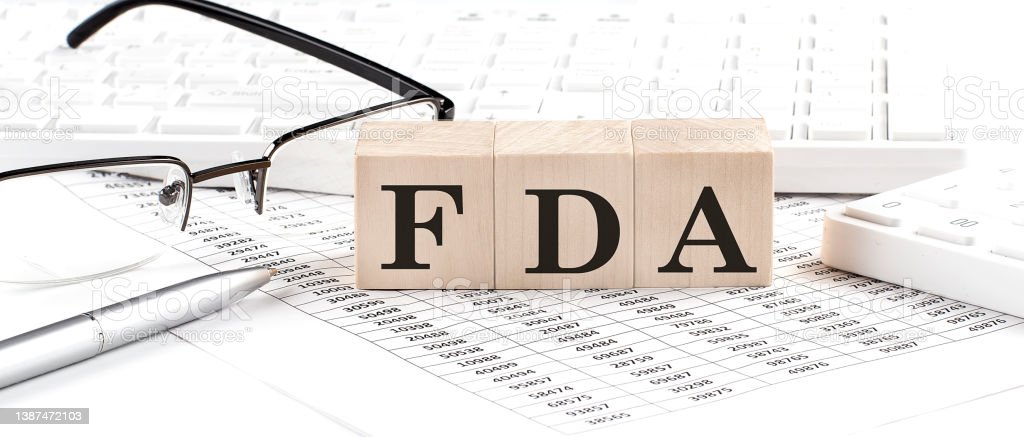1. Purpose:
This SOP outlines the necessary steps to be taken in the event of a product recall to ensure swift and effective handling of the situation, minimize potential risks to consumers, and maintain regulatory compliance.
2. Scope:
This SOP applies to all employees involved in the product recall process within the organization, including but not limited to production, quality control, regulatory affairs, and senior management.
3. Responsibilities:
- Senior Management: Responsible for approving the initiation of a product recall and providing necessary resources for its execution.
- Quality Control Department: Responsible for assessing the severity of the issue, coordinating with relevant departments, and implementing corrective actions.
- Production Department: Responsible for halting production of affected products and providing necessary support for recall activities.
- Regulatory Affairs Department: Responsible for liaising with regulatory authorities, ensuring compliance with reporting requirements, and managing communications with stakeholders.
- Marketing and Communications Department: Responsible for drafting and disseminating recall notices to customers and the public, as well as managing media inquiries.
4. Initiation of Product Recall:
- Identification of Issue: Upon discovery of a potential safety or quality issue with a product, the Quality Control Department must immediately assess the situation and determine if a recall is necessary.
- Notification of Senior Management: If the issue is deemed serious enough to warrant a recall, the Quality Control Department must promptly notify senior management and seek approval to initiate the recall process.
5. Recall Strategy Development:
- Risk Assessment: The Quality Control Department, in collaboration with relevant departments, conducts a risk assessment to determine the scope and severity of the issue, as well as potential impacts on consumer health and safety.
- Recall Plan: Based on the risk assessment, a recall plan is developed outlining the objectives, scope, communication strategy, and timeline for the recall process.
6. Execution of Product Recall:
- Notification to Regulatory Authorities: The Regulatory Affairs Department must be immediately notified of the recall and all relevant details provided for regulatory reporting purposes.
- Notification to Customers: The Marketing and Communications Department is responsible for drafting recall notices to be sent to customers via email, mail, or other appropriate channels. The notice must include details of the recall, instructions for returning or disposing of the product, and contact information for inquiries.
- Halting Distribution and Sales: The Production Department must halt distribution and sales of the affected product immediately upon approval of the recall.
- Product Retrieval: Procedures for retrieving the affected product from distributors, retailers, and consumers must be implemented as per the recall plan.
- Replacement or Refund: Customers must be offered replacement products or refunds as appropriate, in accordance with company policies and regulatory requirements.
- Documentation: Detailed records of all recall activities, including communication efforts, product retrieval, and resolution of customer inquiries, must be maintained for regulatory purposes.
7. Communication and Public Relations:
- Media Statement: The Marketing and Communications Department must prepare a media statement to be issued to relevant media outlets, addressing the recall and the steps being taken to address the issue.
- Media Monitoring: Continuous monitoring of media coverage and social media channels is necessary to address any misinformation or inquiries promptly.
- Stakeholder Communication: Regular updates must be provided to stakeholders, including employees, suppliers, and distributors, to keep them informed of the recall progress and any relevant developments.
8. Post-Recall Evaluation:
- Root Cause Analysis: After the recall process is completed, a thorough investigation must be conducted to identify the root cause of the issue and implement corrective actions to prevent recurrence.
- Effectiveness Review: The effectiveness of the recall process should be evaluated, and any lessons learned should be documented for future improvement.
9. Training and Review:
- Employee Training: All employees involved in the product recall process must receive appropriate training on their roles and responsibilities as outlined in this SOP.
- Periodic Review: This SOP should be reviewed periodically to ensure it remains up-to-date and reflects any changes in regulatory requirements or company procedures.
10. References:
- Relevant regulatory guidelines and standards governing product recalls.
- Internal company policies and procedures related to quality management and product safety.
11. Approval:
This SOP must be reviewed and approved by senior management to ensure compliance with company policies and regulatory requirements.
12. Revision History:
Any revisions or updates to this SOP must be documented, including the date of revision and the changes made.
- For more articles, Kindly Click here.
- For pharmaceutical jobs, follow us on LinkedIn
- For Editable SOPs in word format contact us on info@pharmaceuticalcarrier.com
- For more information kindly follow us on pharmaguidelines.co.uk











